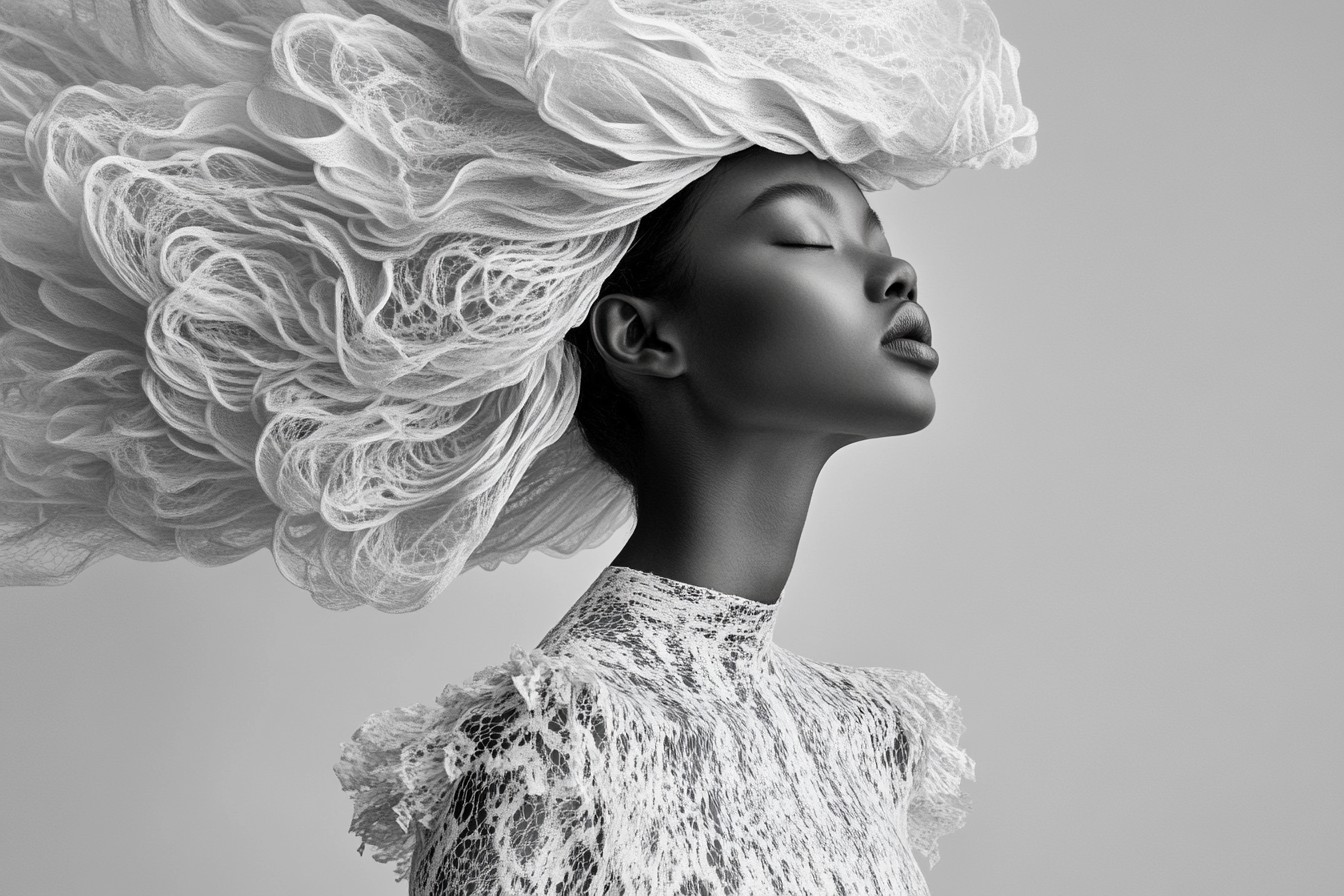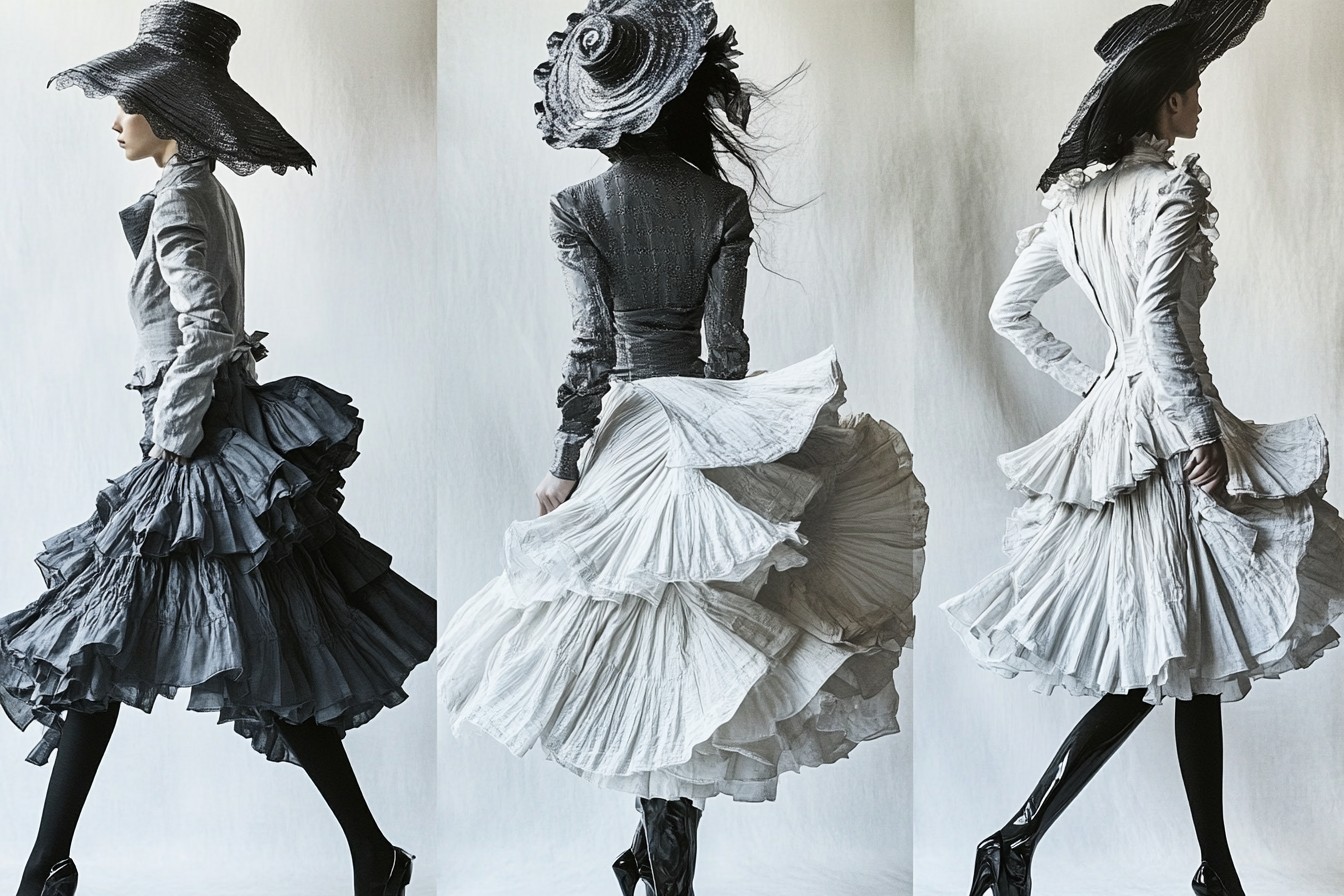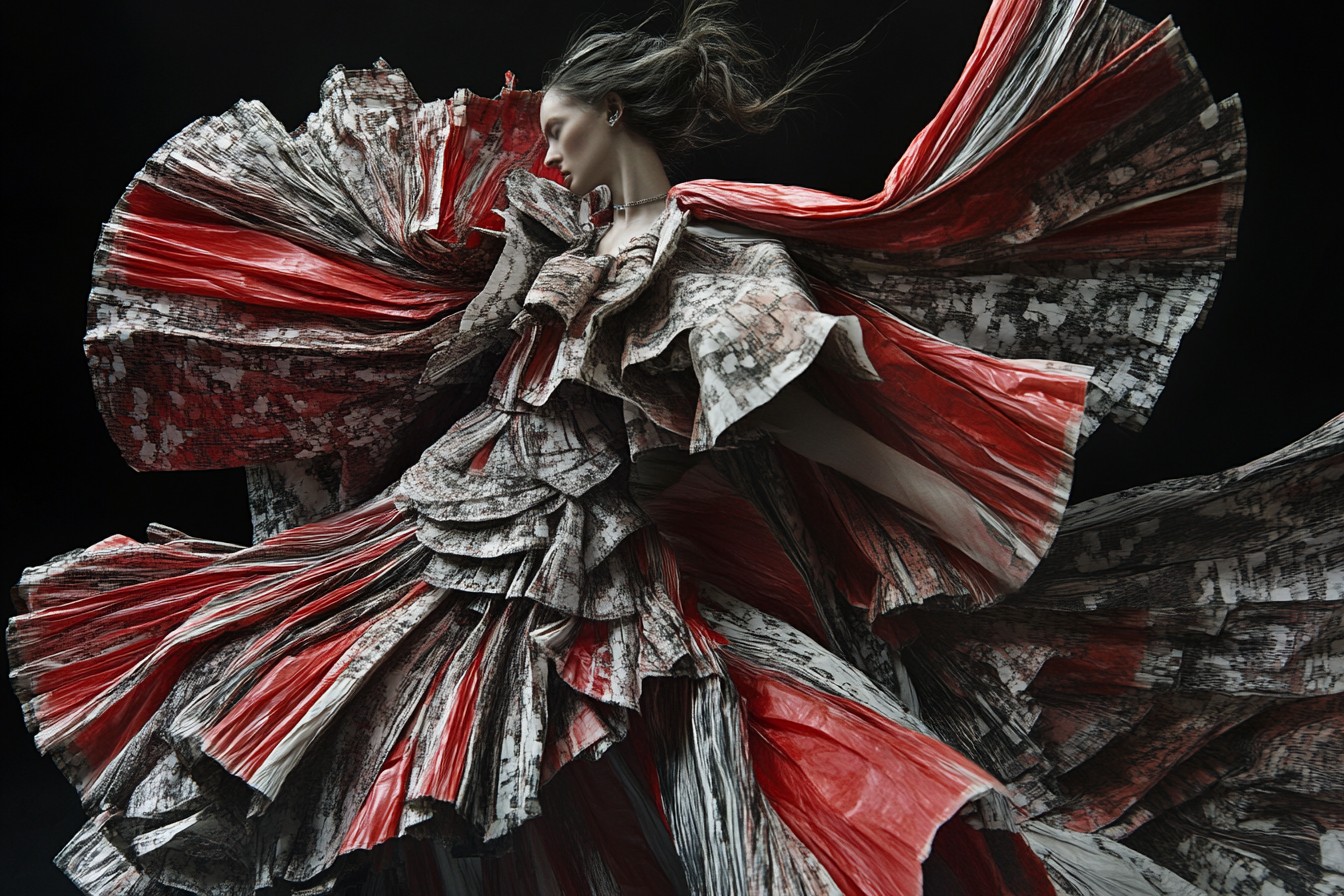I have a confession to make: I’ve never owned anything from Burberry. Not a scarf, not a trench coat, not even a lipstick. This is something of a cardinal sin for a British fashion editor, akin to a French fashion editor admitting they’ve never worn Chanel. It’s not that I don’t appreciate Burberry—I do, enormously. But whenever I’ve had the “investment piece” money burning a hole in my pocket (which, let’s be honest, isn’t often), I’ve always found myself drawn to other British heritage brands that don’t get quite the same level of global recognition but, in my entirely biased opinion, are just as worthy of attention.

Don’t get me wrong—Burberry is brilliant. There’s a reason it’s our most famous luxury export. That instantly recognizable check, the perfect trench coats, the way they’ve managed to balance tradition with innovation decade after decade. Christopher Bailey’s rainbow check collection still lives rent-free in my mind years later. But when everyone from A-list celebrities to reality TV stars is draped in the same brand, it starts to lose that special feeling that makes heritage pieces worth the investment in the first place.
My own journey into British heritage appreciation started with a handbag—as these stories often do. My grandmother’s 1960s Mulberry satchel, to be precise. She gave it to me when I started university (“For carrying your important books,” she said, clearly overestimating how much studying I’d be doing), and I was initially unimpressed. It was worn at the corners, the leather had darkened unevenly, and it looked nothing like the Balenciaga motorcycle bags everyone cool was carrying in the mid-2000s.
Fast forward three months, and that bag had become my most treasured possession. Not just because of the sentimental value, but because everyone kept asking where I’d found such an amazing vintage piece. The quality was undeniable—even after 40+ years of use, the stitching was intact, the leather was softening rather than deteriorating, and it wore its age with a dignity my synthetic fast-fashion purchases could never hope to achieve.

That bag was my gateway drug into the world of British heritage brands, sending me down a rabbit hole that my bank account has never quite recovered from. But I maintain that these purchases have been some of my wisest fashion investments—pieces that have outlasted trends, survived house moves, and in some cases, actually increased in value over time.
So which brands am I talking about? Let me share my personal pantheon of British heritage labels that deserve just as much recognition as our famous checked friend.
Let’s start with Mulberry, since they were my first love. Established in Somerset in 1971, they’re best known for their leather goods, particularly their handbags. Yes, everyone knows the Alexa and the Bayswater, but some of their lesser-known styles are equally magnificent. The Amberley is my current everyday bag—structured enough to look smart but with the best shoulder strap I’ve ever experienced (a detail that matters enormously when you’re lugging around half your life daily).

What I love most about Mulberry is their commitment to British craftsmanship. Their factory in Somerset employs local artisans using traditional techniques alongside modern innovation. When I visited (fashion editor perks), I watched a woman hand-stitch a handle with the kind of precision that made my amateur sewing attempts look like a toddler’s art project. That level of skill is what you’re paying for with heritage brands—not just the name.
For outerwear, Barbour deserves every bit as much recognition as Burberry. Founded in South Shields in 1894, they’ve been making waxed jackets that laugh in the face of British weather for well over a century. My Barbour Beadnell is ten years old and looks better now than when I bought it—the wax has worn to form a patina unique to how I wear it, the corduroy collar has softened to perfectly frame my face, and the tartan lining remains the coziest thing to see when I’m sheltering from yet another unexpected downpour.
What I particularly appreciate about Barbour is their repair service. For a reasonable fee, they’ll rewax, repair, or even resize your jacket, extending its life potentially indefinitely. My friend’s father has a Barbour that’s older than she is—38 years and counting—and it’s still his go-to coat for dog walking, gardening, and looking inexplicably dapper while doing both. Try getting that kind of longevity from a high street trench.

For knitwear, I’m evangelical about Johnstons of Elgin. Established in 1797 (not a typo—they’re really that old), they’ve been making cashmere and woolen products in Scotland using the same river water for over 200 years. There’s something rather magical about that level of consistency. I treated myself to one of their cashmere sweaters five years ago after getting a significant pay rise, and it remains the single most worn item in my winter wardrobe.
Was it expensive? God, yes. I had beans on toast for a fortnight afterward. But cost-per-wear, it’s probably my most economical purchase ever. It hasn’t pilled, stretched, or faded, despite regular wearing and the occasional emergency sink wash when I’ve spilled something down it (I remain fundamentally clumsy despite my professional requirement to appear otherwise). Their scarves make excellent gifts, too—equally appreciated by fashionable friends and relatives who couldn’t care less about trends but know quality when they feel it.
For those with more sophisticated footwear requirements than my perpetually casual lifestyle demands, Tricker’s deserves your attention. Making shoes in Northampton since 1829, they’re one of the few remaining British shoemakers still producing entirely in the UK. Their country boots and brogues are things of beauty—substantial without being clunky, traditional without being stuffy.

I bought my partner a pair of their Stow boots for a significant birthday, and they’ve become his most treasured possession. They took about two weeks to break in (during which time I heard quite a lot about the state of his heels), but three years later, they’ve molded to his feet perfectly and look even better than when they were box-fresh. They’re the kind of boots his hypothetical future grandchildren might find in his wardrobe decades from now and still be able to wear.
For those whose aesthetic leans more town than country, Church’s (another Northampton stalwart, established 1873) makes extraordinary formal shoes. Their women’s brogues have a devoted following among fashion editors of my acquaintance—I’ve spotted at least three pairs in the front row at London Fashion Week, usually paired with something unexpectedly modern to avoid looking too traditional.
If you’re more interested in what goes under your heritage outerwear, look to Sunspel. Founded in 1860, they’ve been making luxury basics long before “elevated essentials” became a marketing buzzword. Their sea island cotton t-shirts have a nearly cultish following, and for good reason—they somehow manage to maintain their shape wash after wash, never getting that sad, stretched-out neckline that plagues lesser tees.

I discovered them after a stylist friend practically staged an intervention over my habit of buying six-packs of cheap white t-shirts that would look sad and gray after three wears. “Buy one good one instead of six bad ones,” she insisted, dragging me to their Soho store. She was right, annoyingly. The £75 I spent on that single white t-shirt has saved me money in the long run, as it’s outlasted dozens of its cheaper counterparts.
For those who prefer country pursuits (or just like to dress as if they might suddenly be called upon to go shooting), Purdey offers the kind of British luxury that rarely makes a splash in fashion magazines but has an intensely loyal following nonetheless. Established in 1814 as a gunmaker, their clothing line embodies all the quiet elegance you’d expect. Their tweed is exceptional—substantial enough to keep you warm on the windiest Highlands day but soft enough to not feel like you’re wearing upholstery.
I inherited a Purdey tweed blazer from my great-aunt (a formidable woman who actually did shoot, fish, and generally terrify the local wildlife), and it’s one of my most treasured possessions. It’s at least 50 years old but looks contemporary with jeans and a white shirt—the hallmark of truly timeless design.

For accessories beyond bags, Smythson has been making leather goods and stationery since 1887, and their notebooks remain my one consistent professional indulgence. There’s something about opening a new Smythson notebook with its distinctive blue pages that makes even my most garbled fashion week notes feel important. Their small leather goods make excellent gifts—I’ve given their card holders as leaving presents to several assistants, all of whom still use them years later.
What all these brands have in common, beyond their impressive longevity, is a commitment to quality over fleeting trends. They don’t need seasonal reinvention or celebrity ambassadors (though many have them anyway) because their appeal is more fundamental: they make beautiful things that work beautifully and last nearly forever.
Of course, the elephant in the room with all heritage brands is the price point. I’m not going to pretend these are accessible purchases for most people—they’re not. They’re investments in every sense of the word. But unlike that sequined top you bought for one Christmas party and never wore again (we’ve all been there), these are pieces you’ll still be wearing in a decade, perhaps even passing on to someone else when you’re finished with them.
My approach has always been to save for one exceptional item rather than five mediocre ones. It’s taken discipline (not my natural state, I assure you) and plenty of strategic sales shopping, but I’ve built a collection of heritage pieces that form the backbone of my wardrobe. They’ve seen me through job interviews, important meetings, family events, and countless everyday moments in between.
So while I still admire Burberry from afar—and may one day finally invest in that trench coat—I’ll continue to champion these other British heritage brands that deserve just as much recognition. They represent craftsmanship, longevity, and a certain understated Britishness that feels increasingly precious in our disposable culture. Plus, there’s something rather satisfying about wearing a brand that prompts “Where did you get that?” rather than instant recognition. In fashion, as in most things, the road less traveled often leads to the most interesting destinations.
